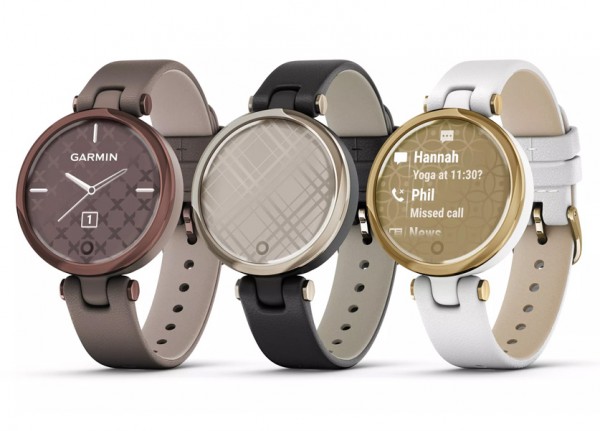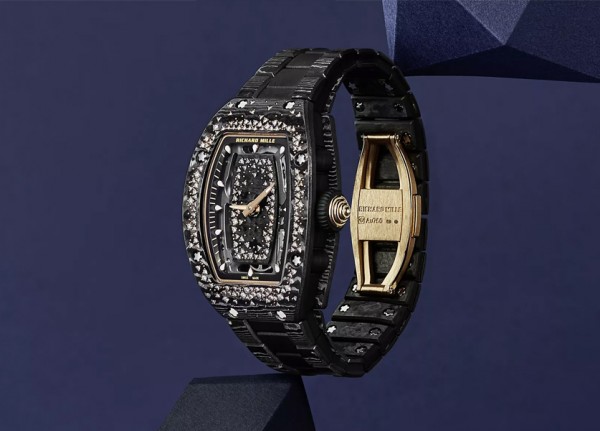Celebrity - Interviews
Meet the new smartwatch designed by women, for women
Anne-Sophie Mallard – Madame Figaro
16-February-2021

Technology is at its best nowadays. And more recently, Garmin has launched Lily, its first smartwatch for women, which goes as far as showing menstrual and pregnancy cycles. Get to know more about this new practical, yet controversial new tool.
It is the high-tech outsider who has always known how to carve his share of the watch market in a few years. However, high-tech watches have always been focused around high-level sport or well-being, but we’ve never seen one focused on the feminine watch side. A new world that Garmin now takes over with its Lily. How is this watch different from others?
Small and stylish
On one side you have the Tag Heuer Connected or Hublot Big Bang E watches, with their 45 or 42 mm in diameter. On the other side, you have the interchangeable pop bracelets that adorn the Louis Vuitton or AppleWatch Hermès. In the middle, comes the 34mm girl-sized case of the Garmin Lily (available in classic or sport version) which offers a more calibrated look for female wrists. Although many appreciate the volume of a unisex watch.
Women’s time
To find the true specific detail, you have to glance at the functions of this new smartwatch. Pulsation, breathing, hydration, monitoring of sleep or daily activity with counting of the number of steps or calories ... At first glance, the Lily unrolls a now classic panel. This was without counting the watch's ability to display its owner's menstrual and pregnancy cycles. Special attention to this highlight usually tracked by a series of dedicated applications (Clue, Glow, Flo Period Tracker ...) and which can now be displayed on your wrist. Unless you prefer to start a series of breathing exercises to manage your stress or to activate one of the many integrated activities, between yoga or pilates. An astonishing new variation which should launch a debate between the women which are opposed to this type of “targeted marketing” and women who welcome the lifting of the menstrual taboos.








